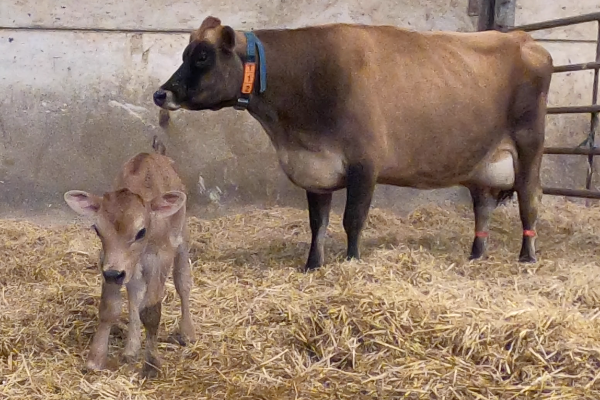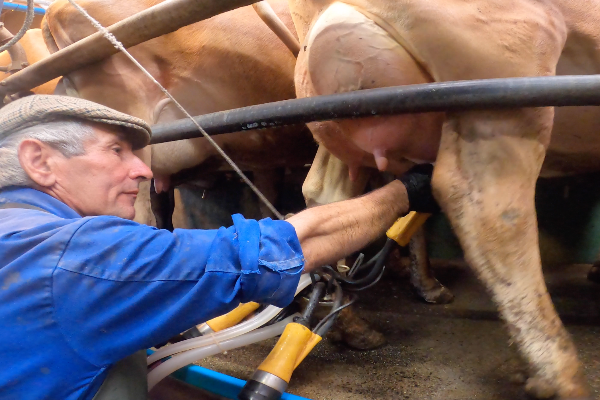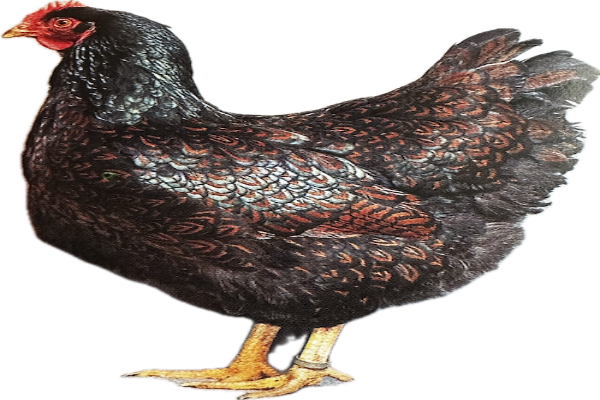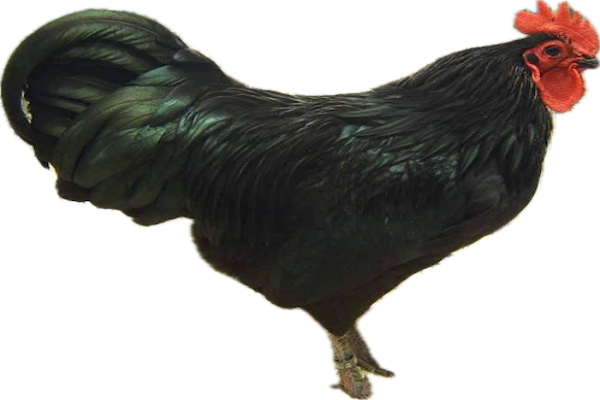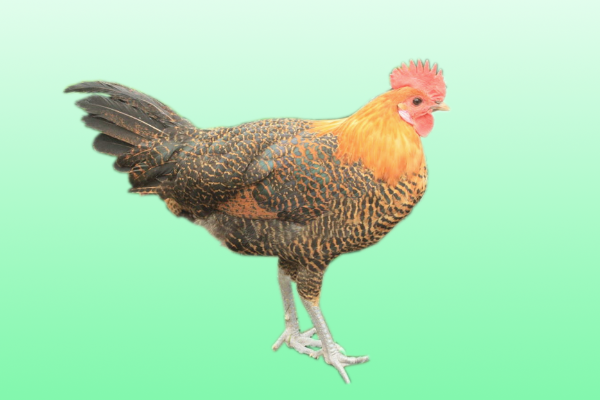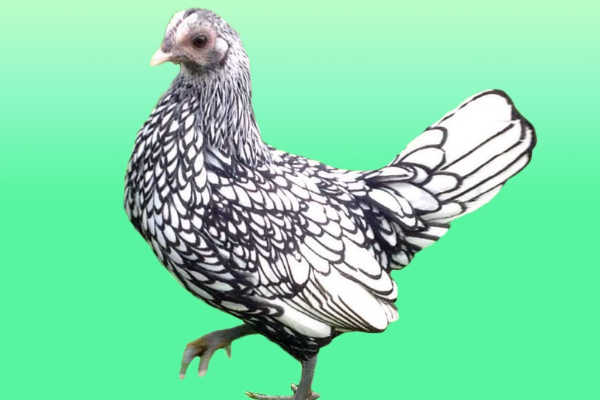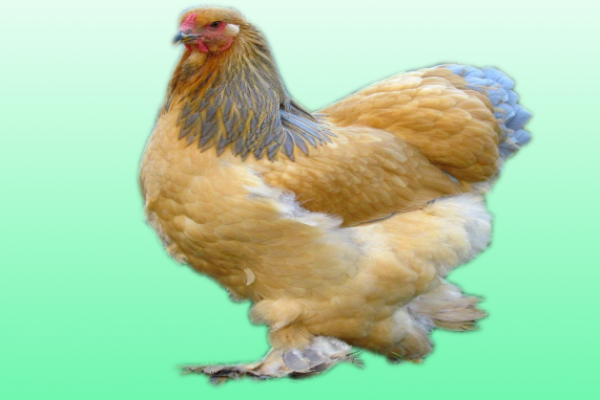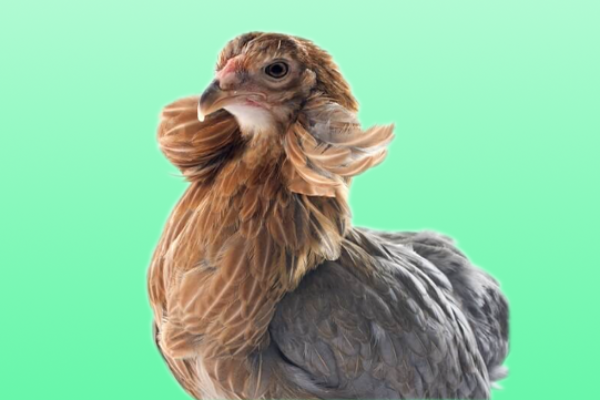Dairy Cattle Terms
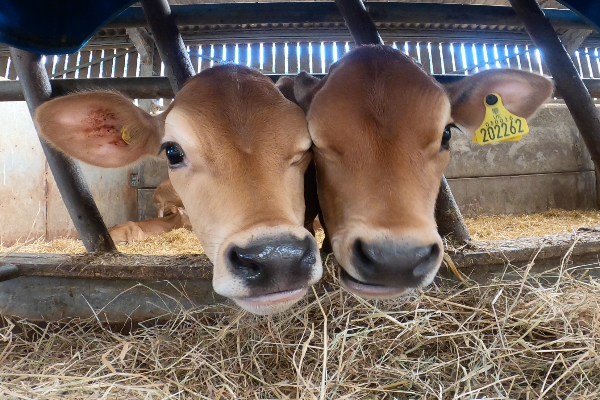
A cow can live for around 20 years but in commercial systems she will be culled at 6 years old, on average . She can give birth from 2-3 years old. Dairy cows have a hierarchical social structure and communicate by touch, smell, vocalisations and body language. It is thought that cows can identify 50-70 different cows .
Cows kept on natural pastures with different types of vegetation will vary their feeding behaviour and browse on twigs from deciduous trees. Cattle are highly motivated to look for food and will forage for 6 to 10 hours a day.
They also will lie for long periods in the day which allows them time to ruminate.
What does it Calving mean?
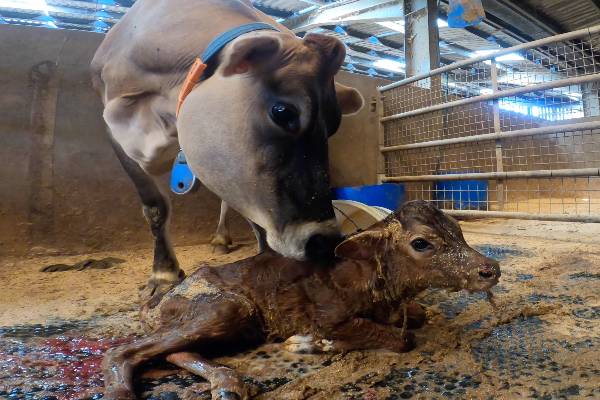
In order for cows to produce milk they need to give birth to a calf. In commercial units, pregnant cows will be separated from the milking herd about 2 months before they are due to give birth (classed as dry cows). When a cow is ready to give birth she will try to find a clean and dry area away from other cows. As long as the calf is in the correct position for birth, the labour should not need any human assistance. The cow will often eat the afterbirth as this would attract predators in the wild.
- The new-born calf is licked clean by the cow and she encourages suckling by nuzzling the calf in the direction of the udder.
- It is important for the calf to receive the mother’s first milk (known as colostrum) which gives nutrition and contains immunoglobulins to give the calf protection its immune system is still maturing.
- The farmer normally separates the calf from the cow within the first few days, so that the cow can be milked for human consumption.
- The cow has a strong maternal instinct and is normally distressed by the removal of her calf. Both the calf and mother will make loud calls trying to locate each other after they are separated.
What does it Calf Rearing mean?
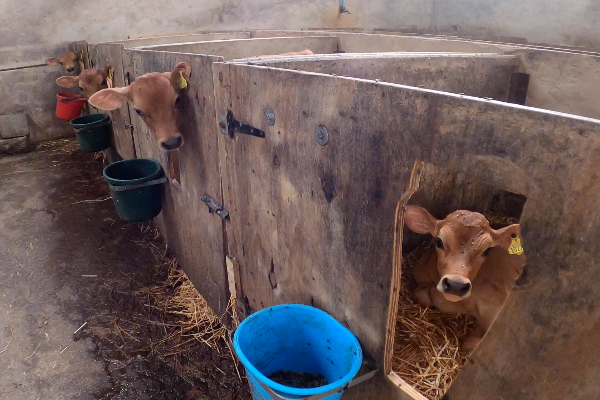
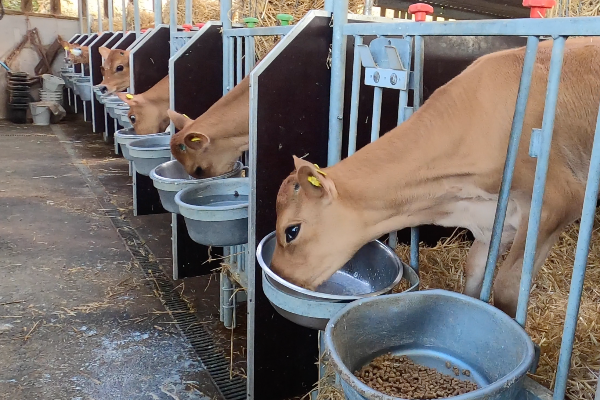
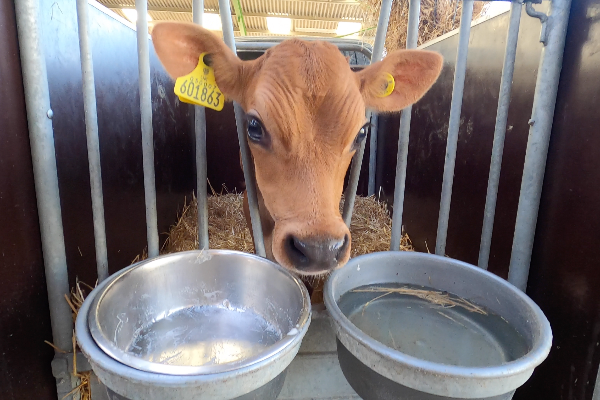
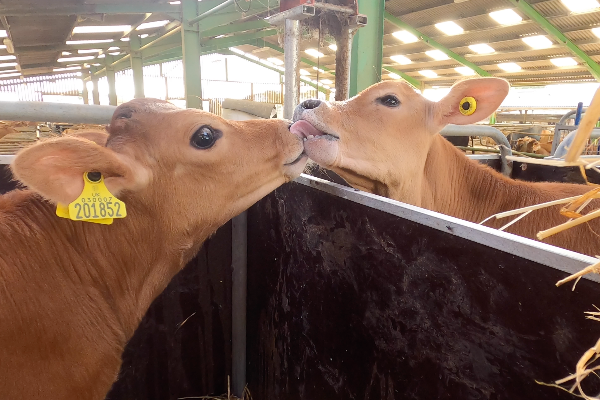
- Removed from its mother, the calf is fed from either a bucket or nipple feeder with milk replacer. This is a cheaper and easier alternative to whole cow’s milk and better for preventing the spread of disease via milk.
- Calves are put into rearing pens, either singly or in pairs / small groups. This may be in a barn or outside.
- Around 60% of calves in the UK are reared in individual pens, for the first 8 weeks of life . This means they have very limited access to social companions, only able to interact with neighbouring calves through the sides of the pen.
- When calves reach 8 weeks old, it is legally required in the EU that they are put into groups.
- Straw bedding is a requirement by law in the EU but in other parts of the world many dairy calves are kept in a barren environment with slatted flooring.
What does it Bobby Calves mean?
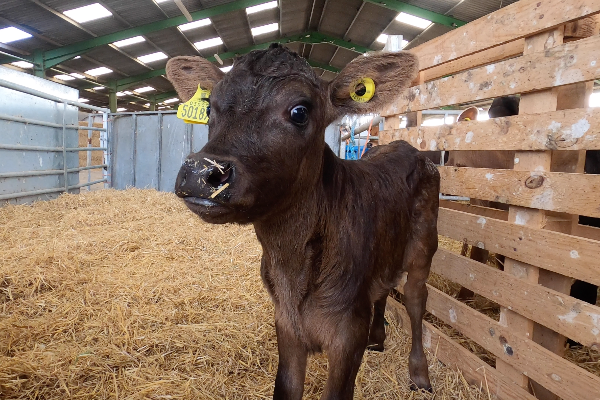
A bobby calf is one that is slaughtered at an early age (from immediately after birth up to about a month old) for consumption.
The age of slaughter for veal varies in different countries but it is normally around 5 to 7 months old, or slightly older in the UK. Calves may be transported to other countries for rearing and this is typically at a young age, normally around 2 weeks old.
What does it Disbudding mean?

Disbudding to reduce injury during fighting or handling by stockmen, calves are disbudded (horn buds removed) so that they are unable to grow horns. This is either done by chemical cauterisation (caustic soda is applied to the horn bud and destroys the cells; this should only be done to calves under 8 days old) or using a hot iron. When disbudding by hot iron, local anaesthetic is required by law in the UK.
What does it Tail Docking mean?
Some farmers dock the tails of calves at about 10 days old based on the disproven belief that it is more hygienic for the cow, and for the farmer during milking. This is done either by hot iron, crushing or tying a rubber band around the tail which stops the blood flow so it eventually falls off.
What does it Castration mean in Cattle?
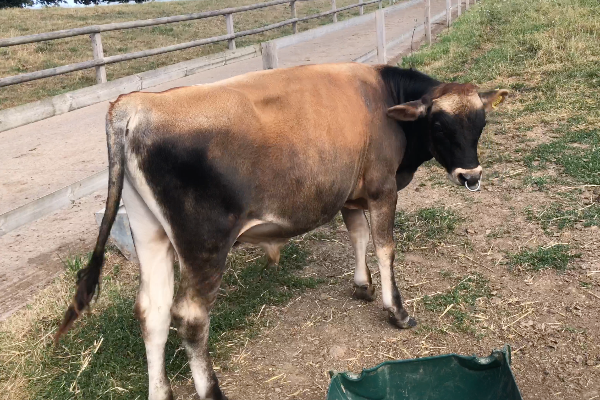
Male calves may be castrated at any age, depending on the farmer’s preference. UK regulations state that only calves under 8 days old may be castrated by a ring (applied to cut off the blood supply), and this does not require pain relief to be given. Other methods for older calves include surgically or using burdizzos (an instrument that crushes the spermatic cord). An anaesthetic must be used if the calf is aged 2 months or over.
What does it Weaning mean?
- Calves are given hay or barley straw to chew on as early as one or two weeks old, which helps their stomachs develop. They should always have access to clean drinking water.
- At around 2 weeks old they will also be offered dried food.
- Calves are usually weaned (when they are no longer fed milk and solid food is fed instead) at around 8 weeks old, but some producers will choose to do this earlier to save costs.
- Following weaning, calves can be vaccinated against certain bacterial or viral diseases and be given treatment for parasites. Vaccination usually requires a course of injections.
What does it Heifer mean?

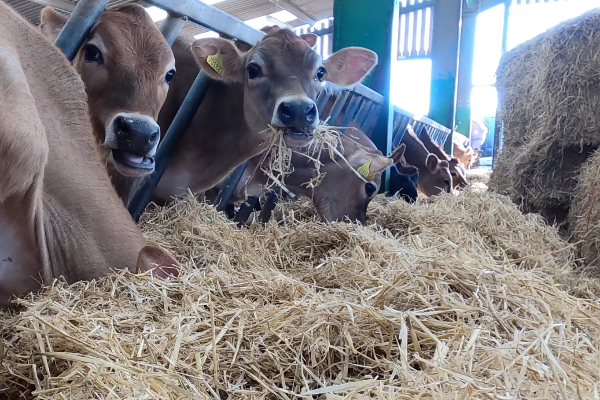
The time it takes for a heifer to reach puberty depends on her weight and breed, but will be between 8 and 16 months old. Farmers usually aim for their heifers to become pregnant at around 15 months of age so that they give birth when they are around two years old. Some farmers may aim for a lower puberty age so calving is before 2 years old, as they believe this gives greater production rates. This is achieved by altering their feeding regime to increase their weight, inducing puberty earlier.
What is the meaning of Oestrus Cycles in cattle?
These hormone implants differ from the EU banned hormone ‘Bovine Somatotrophin’ (BST), which is still widely used in the USA and other countries around the world. BST is given to a cow to increase her milk yield but is shown to increase the risk of mastitis and lameness.
How do you know if a cow is in heat?
How do cows get pregnant?
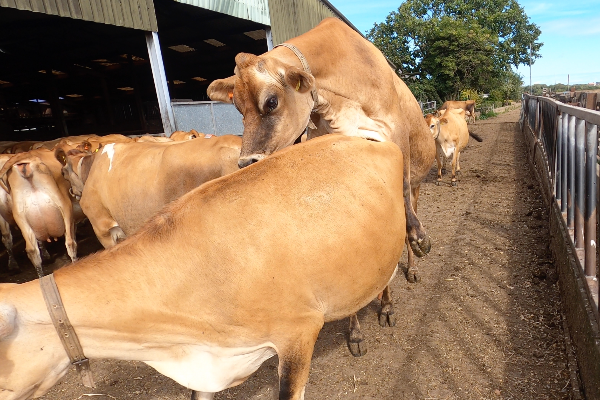

Successful mating is very dependent on good body condition for the cow/heifer at mating. Being underweight can cause unsuccessful mating and an increased risk of calving difficulties, but being overweight can also cause problems. The breed of the sire (father of the calf) affects the ease of calving, as cows that are cross bred with larger breed males may have calves too large to pass through the cow’s pelvis; this is particularly problematic for the heifer during her first calving and may result in a caesarean section.
During pregnancy a heifer is kept in her rearing group. The gestation period for a cow is around 283 days. Her diet needs to be monitored carefully to ensure that she continues to grow while pregnant, as she is not fully grown until about 3 years old.
What does lactation mean in cows?
The cow produces milk immediately after, or even just before, giving birth. The farmer may start milking the cow straight away (but feeds the first milk (colostrum) to the calf), or the calf may be left with the mother to suckle for the first few days post calving. The cow will then be milked either once, twice or three times a day, depending on the dairy system. The farmer will often try to get the cow back in calf within 2 months of her giving birth, so that she produces one calf per year. However many farmers do not achieve this and cows often give birth every 400 days or more.
What is the meaning of Cross Breed?
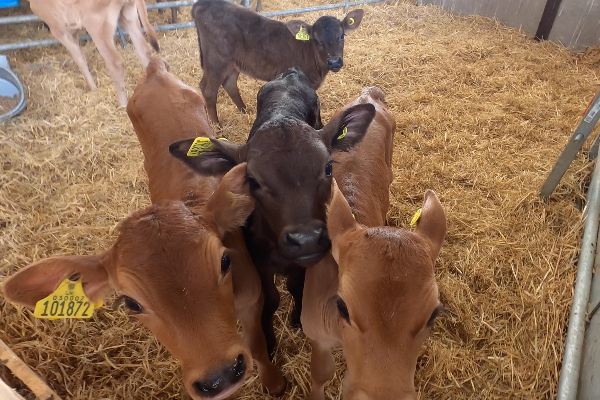
Pictures: www.farmow.com
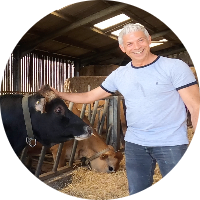
Written by
H Cetin KATIRCI
Online ShepherdBreedsMore
IllnessesMore
Forage cropsMore
![]() Патологическая физиология голодания Arina TARAN
Патологическая физиология голодания Arina TARAN![]() Дефицит фосфора (гипофосфатемия) Hipofosfatemi Arina TARAN
Дефицит фосфора (гипофосфатемия) Hipofosfatemi Arina TARAN![]() Какие бывают кормораздатчики для ферм КРС? Irina Makarova
Какие бывают кормораздатчики для ферм КРС? Irina Makarova![]() Кормушки для овец Diana Myakisheva
Кормушки для овец Diana Myakisheva![]() Питание домашних коз: что едят, виды корма и правила кормления Alina Arslantürk
Питание домашних коз: что едят, виды корма и правила кормления Alina Arslantürk![]() Важность минералов питании сельскохозяйственных животных Irina Makarova
Важность минералов питании сельскохозяйственных животных Irina Makarova

